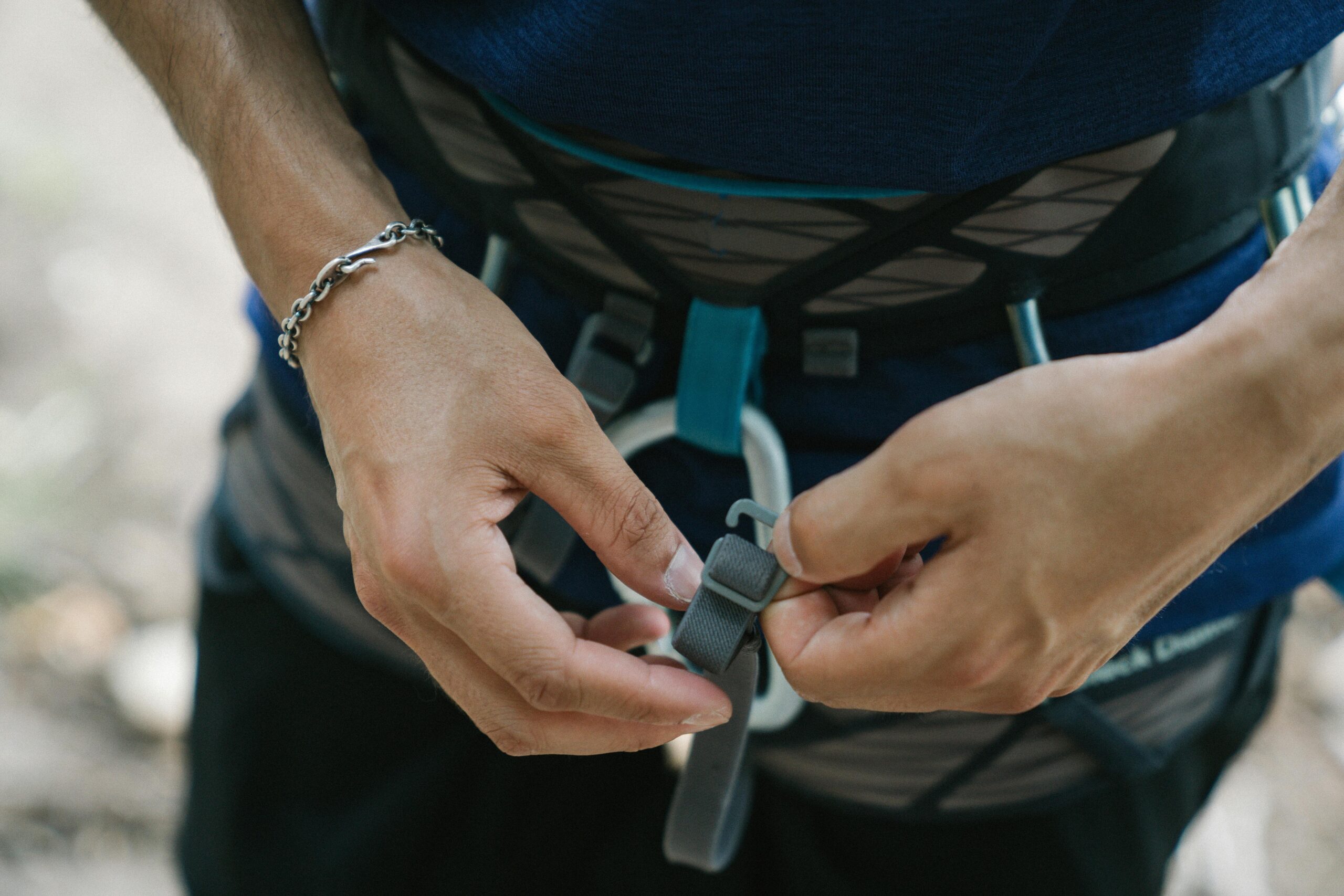“Ever tried placing a climbing hex only to have it pop out mid-climb? Yeah, we’ve been there too.”
If you’re an adventure junkie who swears by the thrill of rock climbing, then you already know that gear makes or breaks your experience. Specifically, climbing hexes are those trusty little wedges that can save your life—or lead to disaster if you don’t place them correctly.
In this post, you’ll discover foolproof wedge placement tips, why they matter more than your protein bar stash, and how even seasoned climbers sometimes screw it up royally. Buckle up (literally), because we’re diving into:
- Why proper wedge placement is non-negotiable,
- A step-by-step guide to mastering climbing hexes,
- Bonus pro-tips straight from grizzled veterans, and
- An epic fail story involving misplaced gear!
Table of Contents
- Key Takeaways
- Section 1: Why Wedge Placement Matters
- Section 2: Step-by-Step Guide to Perfect Wedge Placement
- Section 3: Best Practices for Using Climbing Hexes
- Section 4: Real-Life Examples & Lessons Learned
- Section 5: FAQs About Wedge Placement Tips
- Conclusion
Key Takeaways
- Climbing hexes rely on precise wedge placement tips to ensure safety during ascents.
- Understanding crack types and selecting the right size hex can make or break your climb.
- Over-tightening or forcing placements weakens gear effectiveness—don’t be “that climber.”
Why Wedge Placement Matters

A climber realizing their hex isn’t going to hold mid-route.
Let’s cut to the chase—if your climbing hex doesn’t fit snugly in its intended spot, gravity wins. Period.
I’ll never forget my buddy Dave’s face after his improperly placed hex popped out halfway through a route he’d meticulously planned for weeks. The loud metallic clang echoed off the canyon walls as karma slapped him hard. But hey, at least no one got hurt (this time).
Hexes aren’t just another piece of metal; they’re lifesavers designed to work with natural rock formations. Ignore proper technique at your peril.
Step-by-Step Guide to Perfect Wedge Placement
To avoid becoming the next climbing horror story, let’s dive into actionable steps for flawless wedge placement:
Step 1: Assess Crack Type
Cracks come in all shapes and sizes—parallel, flaring, horizontal, vertical—you name it. Identifying the type ensures you choose the correct hex size and orientation.
Step 2: Select the Right Size Hex
Grumpy You: “But I’m sure any old size will do!”
Optimist You: “Ahem. No. Precision matters here.”
Sizing mismatch leads directly to poor grip and instability. So don’t rush this part unless you want a Darwin Award.
Step 3: Test Stability Before Committing
Gently tug on the hex once placed. Does it wiggle? Reposition until it feels solid. Remember, testing isn’t optional—it’s mandatory.
Best Practices for Using Climbing Hexes

Comparison table showing various climbing hex dimensions and uses.
Here are some bonus nuggets to sharpen your skills:
- Don’t Over-Tighten: Hexes need room to move slightly under load to lock securely.
- Position Above Waist Level: This minimizes swing potential if weighted.
- Use Gear Loops Strategically: Keep hexes organized so you don’t waste time rummaging mid-climb.
Pro Tip: Treat each placement like Tinder matchmaking—for a successful relationship, compatibility is key!
Real-Life Examples & Lessons Learned
Rant Alert: Nothing irks me more than climbers who think brute force solves everything. Hammering a hex deeper might feel productive, but trust me—it screams amateur hour.
Take Sarah, for instance. During her first multi-pitch ascent, she panicked when her hex wouldn’t settle. Instead of reassessing, she kept forcing it… until it shattered mid-wall. Lesson learned? Always reevaluate before committing fully.
FAQs About Wedge Placement Tips
What happens if my hex slips out while climbing?
At best, it delays your progress. At worst, it compromises safety. Double-check every placement before proceeding.
Can I use climbing hexes on sport routes?
Generally not recommended since bolts provide better security. Save hexes for trad climbs where protection flexibility shines.
How often should I replace worn-out hexes?
Inspect regularly for dents or cracks. Replace immediately if compromised.
Conclusion
Climbing hex mastery requires patience, practice, and attention to detail. From sizing woes to positioning fails, mistakes happen—but learning wedge placement tips transforms setbacks into victories.
So go ahead, channel your inner Spider-Man—and remember:
Rocks whisper secrets, Hex wedges answer calls— Trust physics, not luck.
Stay safe out there, adventurers. Like Frodo without his ring, climbing without well-placed hexes is a recipe for disaster.

